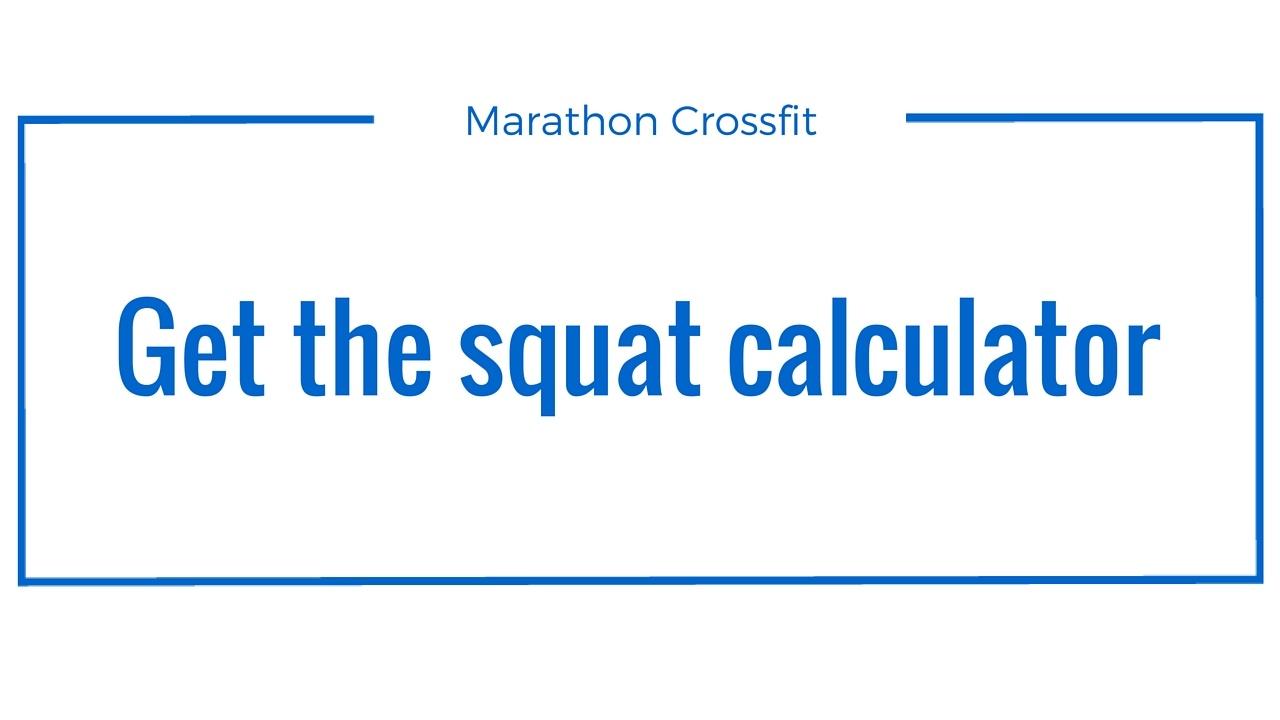Squat: When to inhale and exhale
This is a short overview on how to breathe during the squat and what helped me specifically to reduce pain for this iconic exercise. You will also find links to supporting material and please leave a comment if you have found other techniques which helped you improve.
Numbers of repetitions
Do you actually plan when you are going to breathe before you are going
Strong core
Once you have a plan on how to attack your set the next thing is to be aware that your core has to be tight. To achieve this you do not breathe during the entire motion of the back squat and only at the top where you are strongest. Look up Chris Duffin's breathing techniques for detailed instructions and one of the best breathing workshops on YouTube. For here and now first thing is to empty your body of air by breathing out through the mouth. You want every last breath gone. After this, you inhale sharply through the nose into your stomach, brace your abs like preparing to get kicked in the stomach and pull
Closed scissors
This is a tip to get you in a better position. Think of your abdomen like the two parts of scissors. You want the upper and lower part to point towards each other so that the scissors close rather than away from each other to form open scissors. The open scissor position puts you at a disadvantage to build the strongest possible position for a back squat. The easiest way to avoid this is to look down and front while performing the squat ratehr than up to the ceiling.
Whn to inhale and exhale
ONLY AT THE TOP OF THE SQUAT UNLESS YOU LIKE TORN ABS
Further reading
- Are you sure about wearing the right shoes for squatting
- Bench press or squat first
- Bench press in a squat rack
- Better breathing makes your squat stronger
- Breathing Squat
- Can kettlebells swings replace squats
- Can you squat and deadlift on the same day
- Challenge, Sore
toda , Strong tomorrow - Confidential: Get rid of the machines and hire the squat
- Detailed Smolov squat routine review
- Eager to know about wearing the right suit for squatting
- How to perform a back squat for
crossfit for beginners - How years of quality cossack squats easily help your fitness
- Overcome these sins of the squat
- Squat: How many reps
- Squat: How to improve
- Squat without pads
- Squat Calculator [Free Downloads]
- The Truth squat or lunges?
- Ultimate 30 day squat challenge that
tighten and tone


